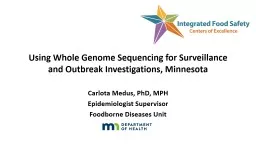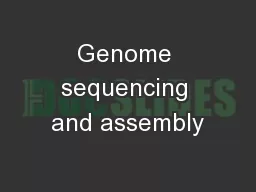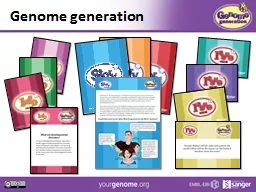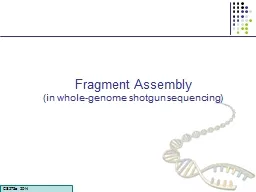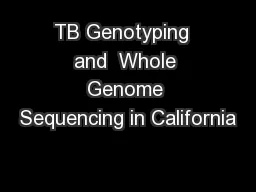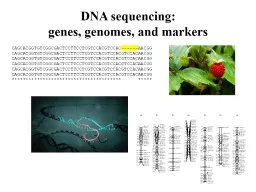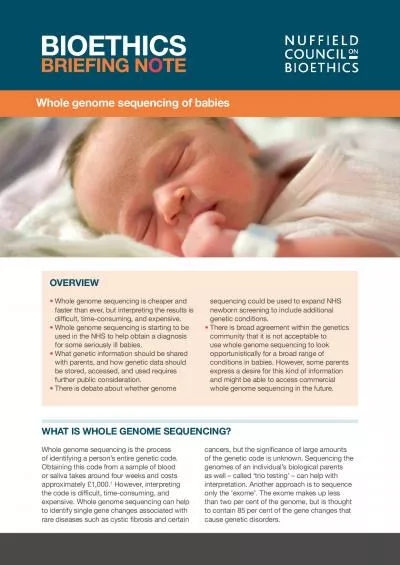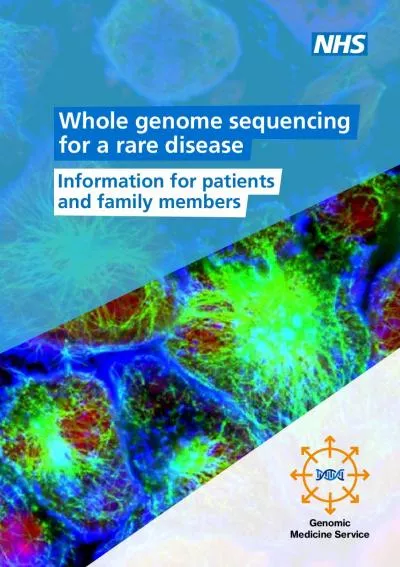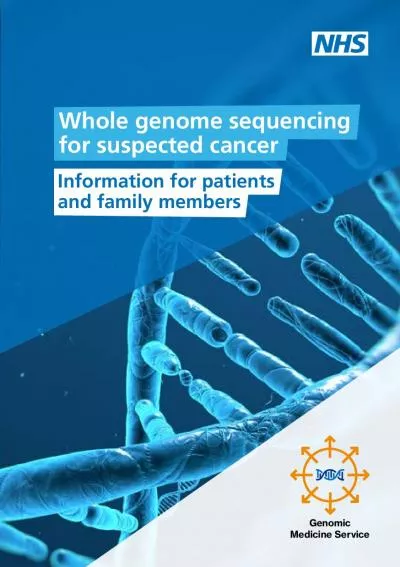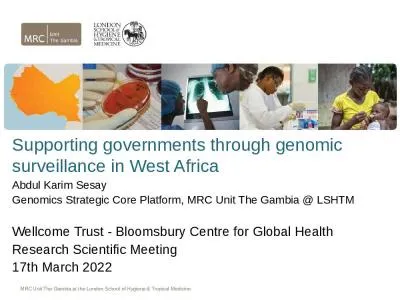PPT-Using Whole Genome Sequencing for Surveillance and Outbreak
Author : min-jolicoeur | Published Date : 2019-11-21
Using Whole Genome Sequencing for Surveillance and Outbreak Investigations Minnesota Carlota Medus PhD MPH Epidemiologist Supervisor Foodborne Diseases Unit Use
Presentation Embed Code
Download Presentation
Download Presentation The PPT/PDF document "Using Whole Genome Sequencing for Survei..." is the property of its rightful owner. Permission is granted to download and print the materials on this website for personal, non-commercial use only, and to display it on your personal computer provided you do not modify the materials and that you retain all copyright notices contained in the materials. By downloading content from our website, you accept the terms of this agreement.
Using Whole Genome Sequencing for Surveillance and Outbreak: Transcript
Download Rules Of Document
"Using Whole Genome Sequencing for Surveillance and Outbreak"The content belongs to its owner. You may download and print it for personal use, without modification, and keep all copyright notices. By downloading, you agree to these terms.
Related Documents

